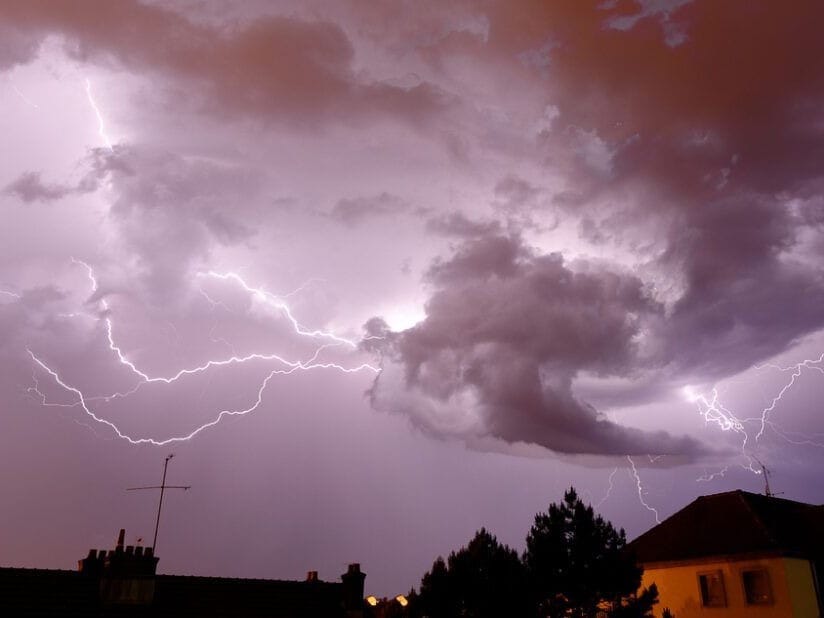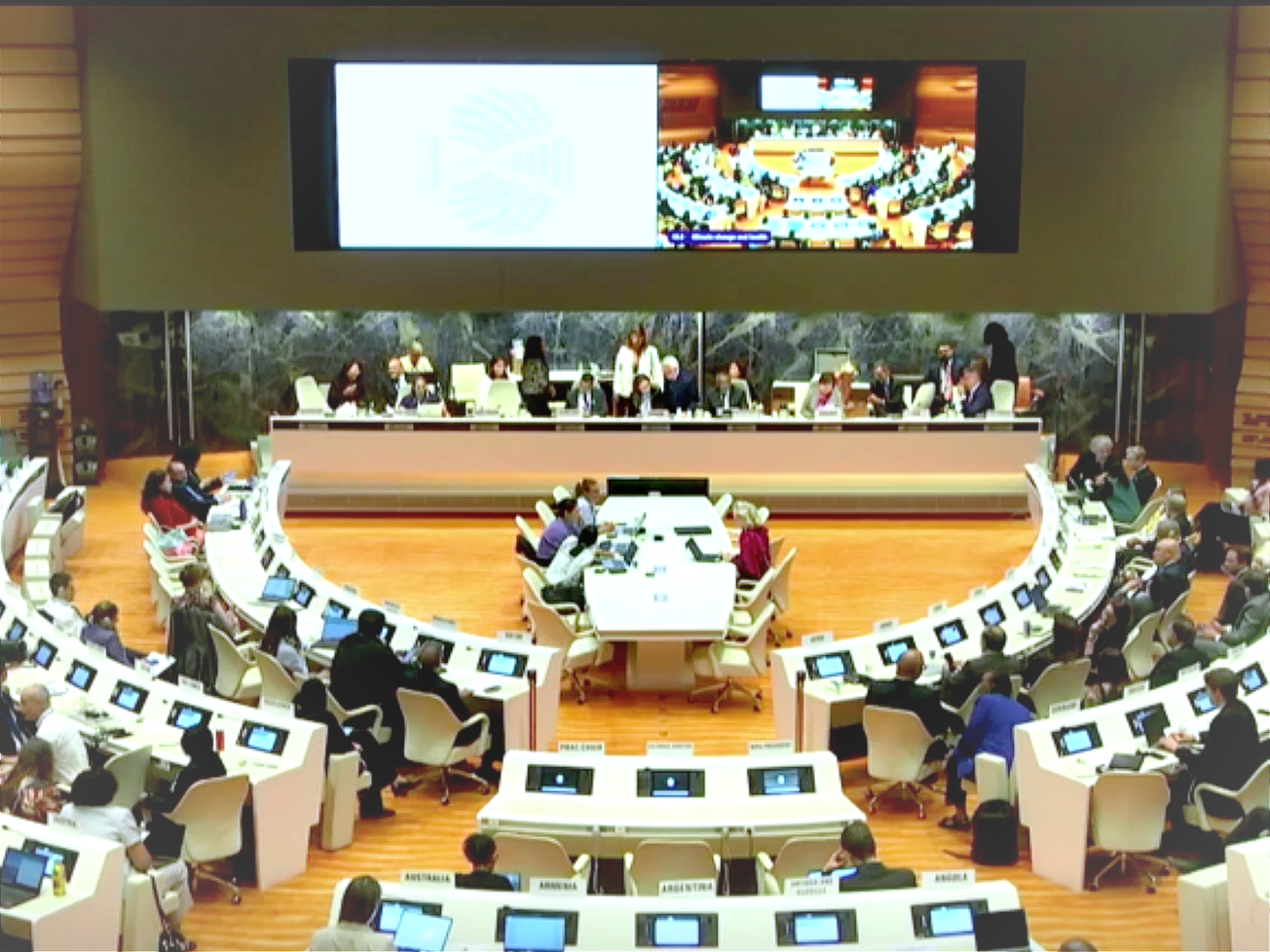GENEVA (AN) — Extreme weather affected 62 million people worldwide last year in a clear signal that climate crisis-fueled natural hazards are rising, the United Nations' weather agency reported as a major cyclone unleashed the southern hemisphere's worst weather-related disaster.
The World Meteorological Organization's annual "State of the Global Climate" report on Thursday showed the worsening effects of extreme weather triggered by man-made global warming.








